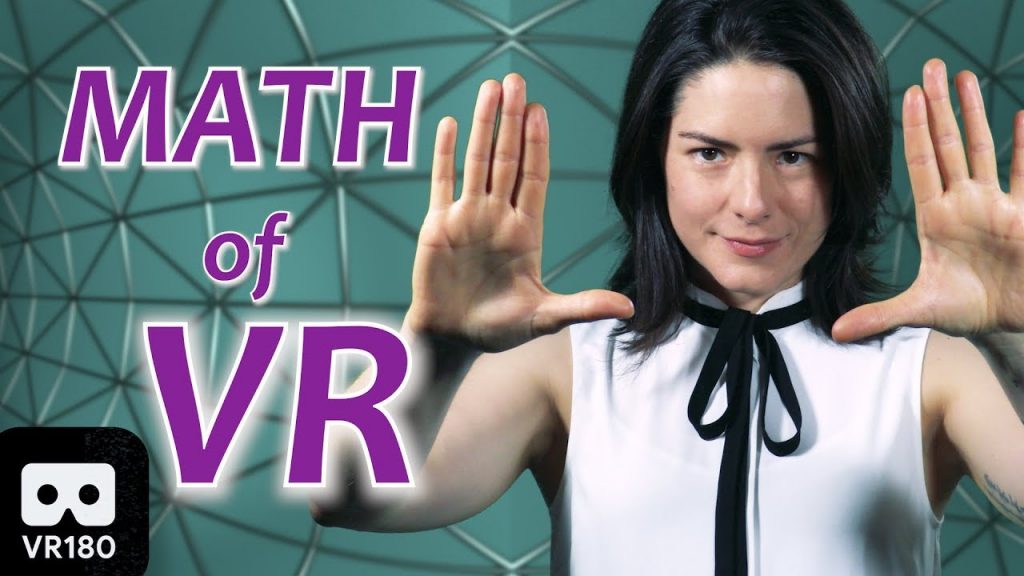Most of you have had an experience of the VR. However, not many of you are aware of how math actually contributes to making VR a reality. That is why we have featured a video that comes from the YouTube channel, Socratica.
Socratica is being run by Caltech graduates, Kimberly, and Michael Harrison, and offers a variety of videos for all ages. In this particular video, the mathematics that is making virtual reality success is explained. The great thing about this video is that this is a 3D VR180 video that, if being watched on YouTube or its App, can actually be viewed in 3D.
Basically, if you are using a regular computer; you can easily use controls given at the top-left corner for moving the screen up or down, left or right for experiencing the 3D environment. Furthermore, if you have access to a suitable device that can be used for viewing videos in 3D; you can make use of it as well for watching the video. The best way, if you ask us though, is to make use of a VR headset.
When it comes to a 3D environment, the important thing to consider is the x, y, and z coordinates. The video by Socratica begins by explaining the optics that are required for VR cameras and Snell’s law using which engineers were able to record a complete hemisphere. The video goes on to explain the development of the fisheye lens that can bend the curved hemisphere onto the flat sensor of the camera. However, it does so with distortions, and that is a problem which even has a math theorem known as Theorema Egregium or Remarkable Theorem involved as well.
So, how does it all work? How do you get rid of the distortions? How do the VR videos take care of the issue of depth that all of us undergo in real life? Well, you will have to check out the Socratica video for finding out the details. Check out the video below and let us know what you think of it!

